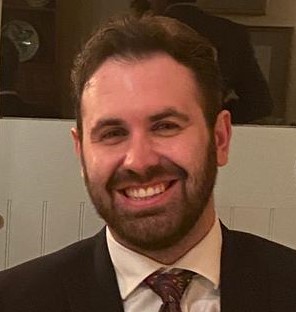====
____
What?
Scientists at the Weizmann Institute have made a groundbreaking discovery that could revolutionize our understanding of early human life. The team has successfully grown an entity closely resembling a 14-day-old human embryo without using sperm, eggs, or a womb. This “embryo model” is crafted from stem cells and mimics all the critical structures present in a natural embryo. The model even released hormones, causing a pregnancy test to turn positive during laboratory experiments. This research opens the door to ethical studies of embryonic development, which has always been a significant source of miscarriages and birth defects but has remained poorly understood.

Why?
Studying embryonic development is a sensitive subject, fraught with ethical, legal, and technical challenges. Until now, our understanding of the critical stages that occur after sperm fertilizes an egg has been extremely limited, often described as a “black box” by experts. This lack of knowledge is a severe problem, especially when considering the role these early stages play in miscarriage and birth defects.
The Israeli team bypassed these ethical and legal constraints by using naive stem cells as their starting material. These cells were then reprogrammed and manipulated with chemicals to become four specific types of cells found in early-stage human embryos—epiblast cells, trophoblast cells, hypoblast cells, and extraembryonic mesoderm cells. These reprogrammed cells spontaneously assembled into an entity resembling a human embryo, giving scientists an invaluable tool for studying early human development without the ethical constraints of using actual human embryos.
How (does it affect you)?
For healthcare consumers and patients relying on NHS services, this breakthrough could bring significant benefits in the realms of fertility treatment, prevention of miscarriage, and understanding genetic diseases. Better understanding the early stages of embryonic development could pave the way for more successful in vitro fertilisation (IVF) treatments and even medication safety protocols during pregnancy.
How to Access Services:
If you’re seeking fertility treatment or are concerned about miscarriage, the first step is usually to consult your GP, who can refer you to fertility experts for further examination. NHS services like specialist fertility clinics and maternal-fetal medicine units are essential resources.
Uncommon Knowledge:
Although GPs are the starting point, you can also self-refer to certain NHS fertility clinics without needing a GP referral, a lesser-known but crucial information. Always ask for the newest and most experimental treatments available, as the field is rapidly evolving. Be proactive in seeking a second opinion if your treatment isn’t progressing as you expect.
This revolutionary approach provides a new frontier for medical research, promising not just answers but actionable solutions to some of the most complex questions surrounding human development, pregnancy, and childbirth. It could potentially change the way the NHS and other health services approach maternal and prenatal care, offering hope and options previously thought to be out of reach.
As always, best wishes from myHSN!


